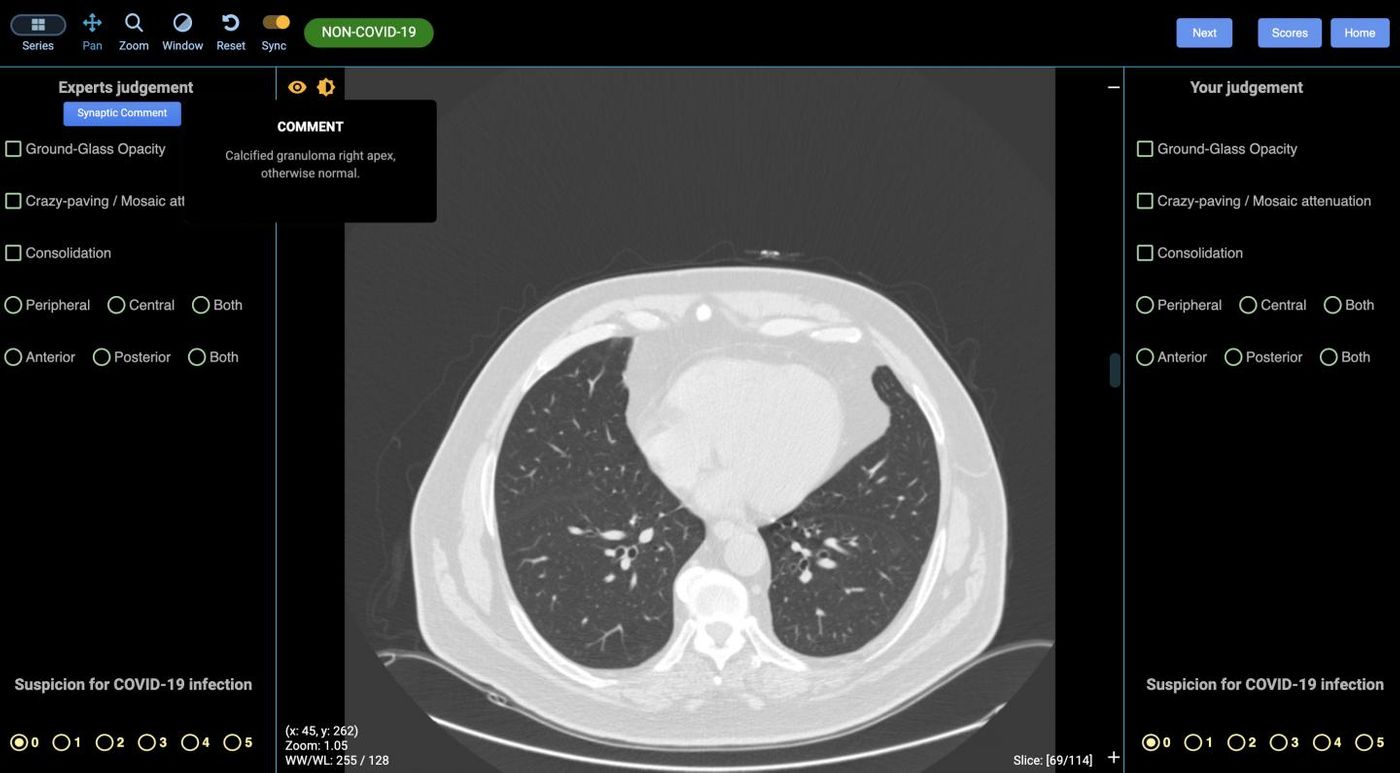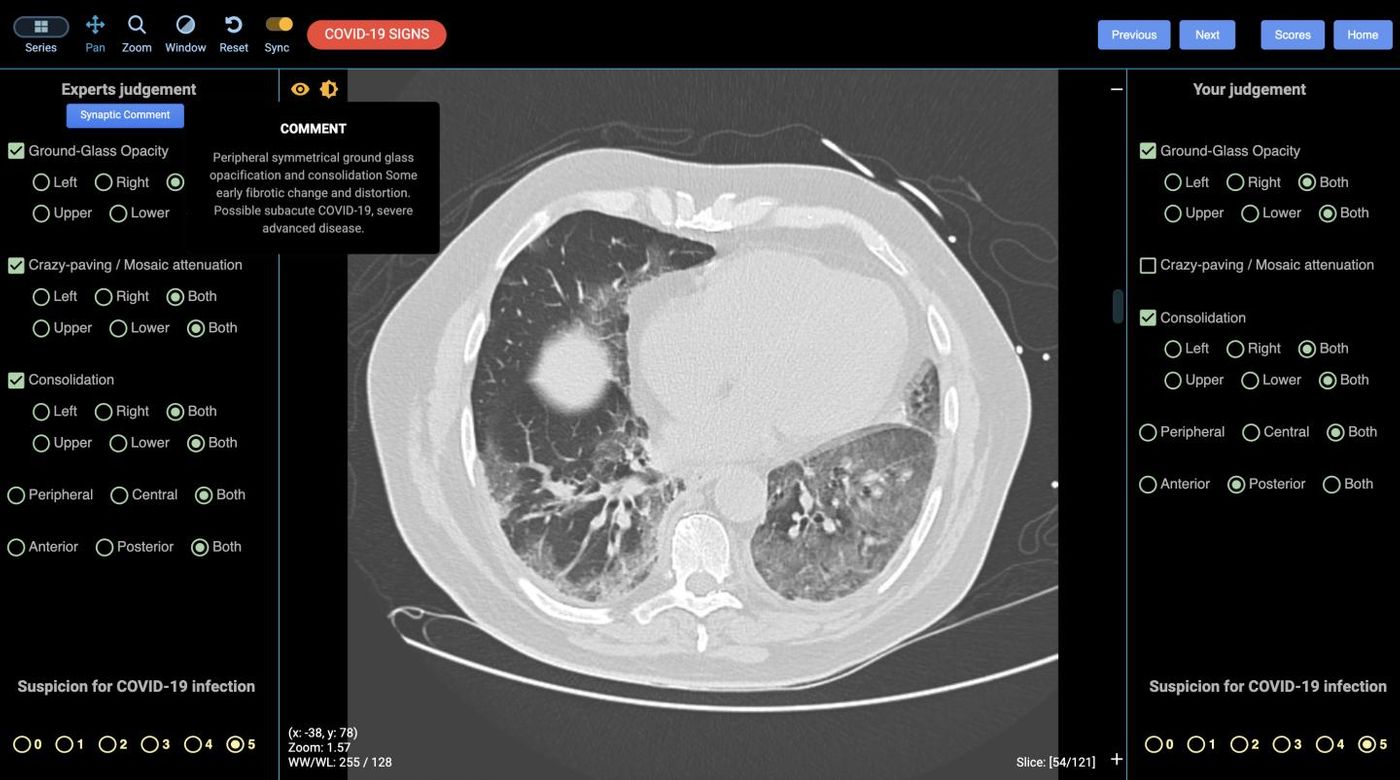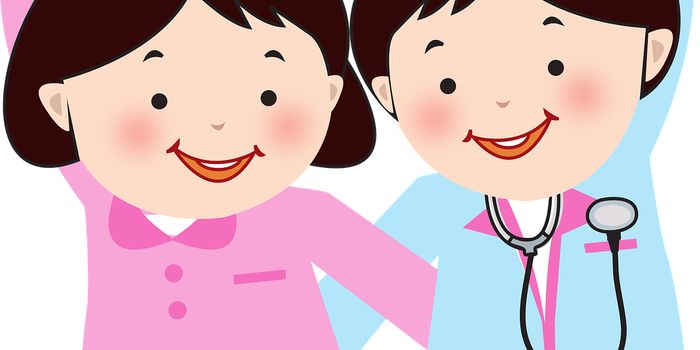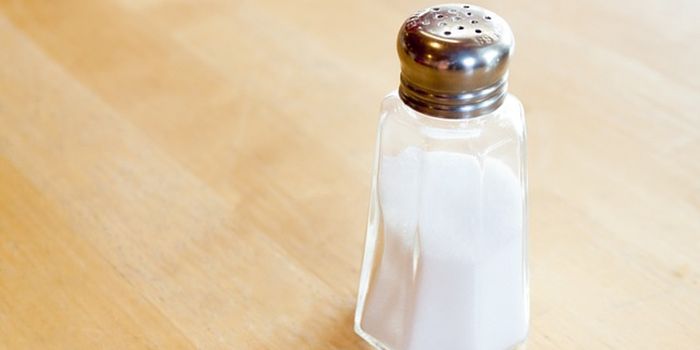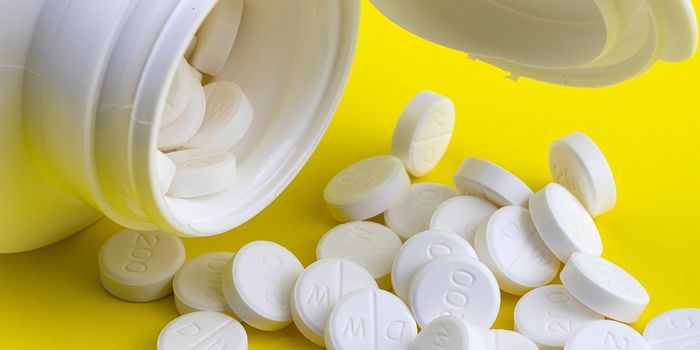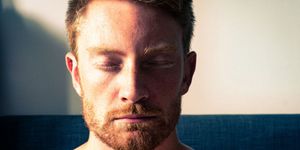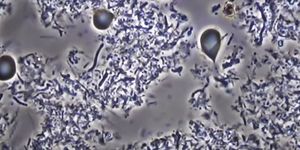Imaging Platform to Aid in Diagnosis of COVID-19
During the exponential growth of a rapidly spreading infectious disease, healthcare systems become overwhelmed, which can have a cascade of negative effects. Radiation and imaging specialists at the Australian-based DetectED-X have now created a tool to aid healthcare workers in using CT (Computed tomography) lung scans to diagnose COVID-19 cases., and potentially ease some of that burden. Usually, these scans take only a few minutes and are performed after a diagnostic swab has been done so that the extent of the infection can be ascertained. But they can also help clinicians diagnose cases where other methods have produced inaccurate results.
The platform, called CovED, is designed to be used by people that have as little as one hour of training, which may be especially helpful as the number of COVID-19 cases grows.
"The number of patients that are suffering from this life-threatening illness is fast outpacing the number of skilled staff required to accurately diagnose the required lung CT scans," said Professor Patrick Brennan, of the University of Sydney School of Health Sciences, Faculty of Medicine and Health, and CEO of DetectED-X.
CovED uses CT images that were obtained from COVID-19 patients in Australia and Europe to hone the skills of radiologists. It has been shown to be significantly effective at improving performance.
"Our platform does not replace expert medical and radiologic training but CovED provides an effective way to recognize rapidly the appearances of COVID-19, which could be critical in a situation of too many patients and not enough expert radiologists, with the modules taking just one to two hours to complete," Brennan added. "This will be immediately crucial in developing countries, where numbers of radiologists are often insufficient - our tests will help people not only diagnose COVID-19 but also identify potentially life-threatening cases wherever they are."
Healthcare professionals and institutions can gain access to the platform by emailing support(at)detectedx.com or going here.
Sources: AAAS/Eurekalert! via University of Sydney, DetectEd-X
